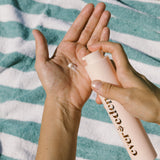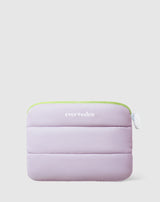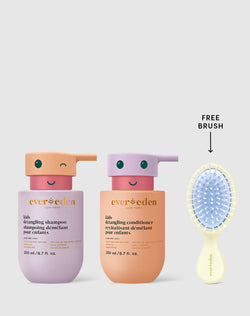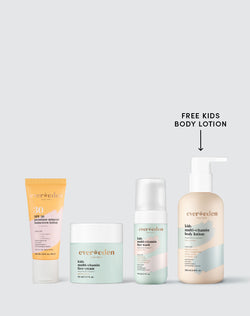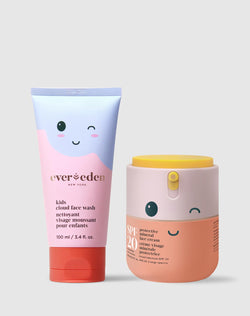Whether you’ve been an avid sunscreen user your entire life, or you’re just realizing how important it is to add an SPF to your skincare routine, we have a solution, and we’re here to break it down for you.
Mineral, hybrid, or chemical? Nano vs. Non-nano? How does it work and is it effective? All valid questions.
First things first, what’s the difference between mineral & chemical SPF’s?
Chemical sunscreens protect skin by absorbing rays and breaking down the UV rays. A study by the FDA conducted in 2020 showed that there are some chemical sunscreens that absorb into the bloodstream at levels considered to be above their safety thresholds. If pregnant or breastfeeding, it’s best to avoid chemical sunscreens for this reason, but generally, it’s best to say yes to SPF in any capacity.
Mineral sunscreens act as a physical barrier to UV rays: they sit on top of the skin and deflect the UV rays away from the body. There are only two mineral-based ingredients, Zinc Oxide and Titanium Dioxide. Everything else is chemical.
But then, there’s also hybrid sunscreens. Often called “mineral-based,” these formulas contain both chemical and mineral blockers with a closer look at the ingredient label. Remember, the only two mineral-based ingredients are Zinc Oxide and Titanium Dioxide.
Now, you may have been hearing about nano vs. non-nano. But why should you care?
Nano-sized particles are extremely tiny particles – so tiny in fact that you can fit thousands of them across a one single human hair strand. They’re often used in 100% mineral-based sunscreen formulas because they allow for a sheerer formula, with a reduced white cast. But the flip side? Because they are so tiny, nano-sized particles can potentially be absorbed into the bloodstream.
So that leads us to non-nano-sized particles, which as the name suggests, are not as small as their nano counterparts. The larger size means they aren’t absorbed by the skin. Because of these larger sized particles, formulas with non-nano particles typically are thicker, with a greater white cast.
So, what’s the verdict?
For the most trusted, complete protection, opt for a 100% mineral-based, non-nano sunscreen formula.
In the past, this may have meant compromising on your sunscreen, forgoing lightweight, likely chemical or nano SPF’s for thick, white pasty creams.
Now though, that doesn’t have to be the case. Our new 100% mineral, non-nano zinc oxide women’s SPF harnesses an innovative zinc technology that allows for an ultra-sheer and lightweight formula with the utmost safety in mind.

